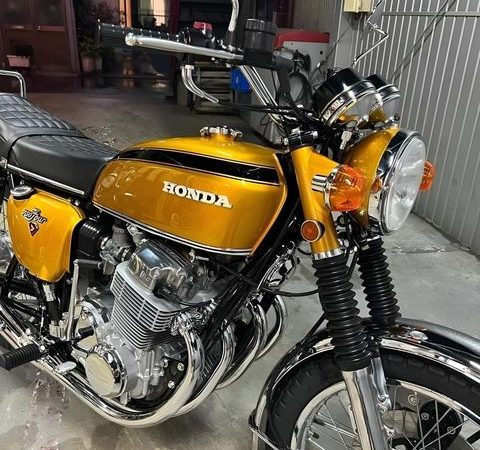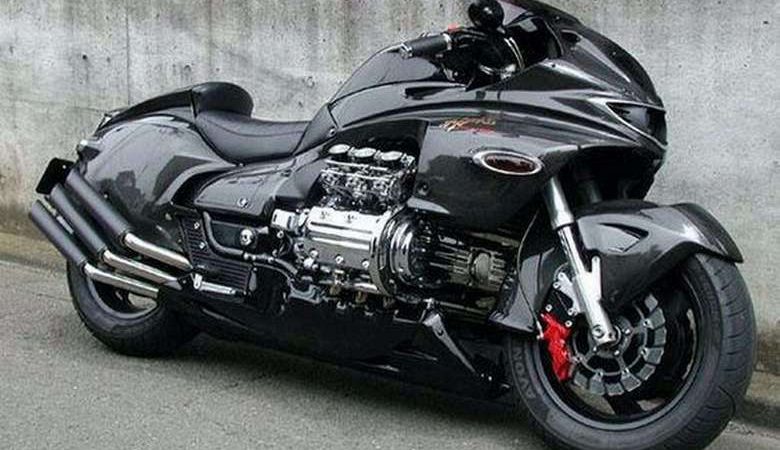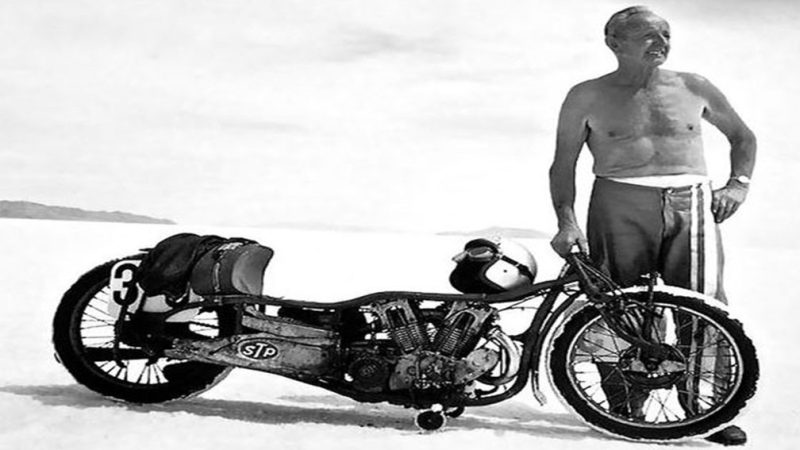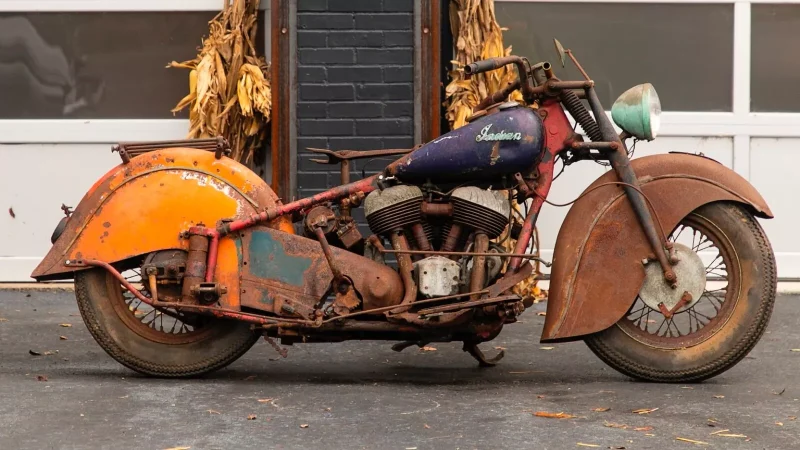The Birth of Harley’s First Knucklehead Stroker Motor
The story of how the first Harley-Davidson Knucklehead stroker motor came to be is reminiscent of those classic Reese’s Peanut Butter Cup commercials from the 80s. In those ads, random events would cause a chocolate bar to land in a jar of peanut butter, resulting in an unexpected and delightful combination. Similarly, a series of fortuitous events led to the creation of the first Knucklehead stroker motor, requiring just the right person to see how all the parts fit together.
To bring you up to speed, a “stroker” motor is a high-performance engine modification. When building a high-performance Harley-Davidson engine—or any engine—there are two primary methods for increasing displacement, and consequently, horsepower and torque. The first method is to bore out the cylinders and fit larger pistons, a common approach for converting an 883 Sportster into a 1200 Sportster, yielding good results at a relatively low cost. The second method, more involved and costly, is to lengthen the stroke, which requires complete disassembly of the engine cases and the installation of different flywheels and connecting rods.
Despite the extra effort, stroking an engine offers key advantages over boring. The longer stroke increases leverage on the pistons, resulting in more torque, and typically produces more horsepower than an engine of the same displacement achieved by boring. For instance, converting a 74” motor to an 80” motor by stroking yields more horsepower than boring the 74” cylinders to achieve the same 80” displacement.
However, performance modifications always come with trade-offs. The longer stroke means the piston travels a greater distance within the cylinder, increasing piston speed and engine wear. This can be problematic if you aim to sustain high RPMs, potentially leading to catastrophic engine failures when the piston can no longer maintain its structural integrity. Nevertheless, stroker motors have proven to be viable powerplants, popular for street riding and drag racing since the late 1940s.
According to Gil Armas, who helped build the first stroker motor, it all came together one afternoon in his shop. While dismantling the 80” engine from his Big Twin Flathead, his friend C.B. Clausen stopped by. As Gil worked on the Flathead, C.B. examined the disassembled Knucklehead engine on the bench. After some consideration, C.B. picked up the Flathead flywheels and confirmed with a ruler that they would fit inside the Knucklehead cases. He began reassembling the Knucklehead with the larger Flathead components.
Everything proceeded smoothly until the 61” cylinders were fitted. The increased stroke of the Flathead flywheels caused the pistons to extend beyond the top of the cylinders. Unfazed, C.B. swapped in a set of 74” cylinders, and everything lined up perfectly. Some minor modifications to the piston skirts were needed to clear the flywheels, and thus, the stroker motor was born.
In hindsight, this might seem obvious to experienced motor builders, but it’s important to remember that Flathead and Knucklehead engines are fundamentally different. Flatheads use a side valve configuration with the valves housed inside the cylinder casting, parallel to the piston. In contrast, Knuckleheads have overhead valves mounted in the cylinder head, similar to modern motorcycles. These significant differences likely deterred others from attempting such a parts swap.
Fast forward to the early 1950s, and C.B. Clausen and his stroker motor, dubbed “The Brute,” had made a name for themselves on drag strips and salt flats. With pilot Louis Castro, “The Brute” competed in various configurations, including a full streamliner. Cycle Magazine, intrigued by this machine, orchestrated a promotional stunt to race “The Brute” against a U.S. Air Force Lockheed T-33 jet.
The race took place in Los Angeles, CA, on April 12, 1952. The jet completed the ¼ mile run in 11 seconds while taxiing across the runway. However, “The Brute” outperformed the jet, completing the same distance in 9.4 seconds and cementing its place in motorcycle racing history.
source: ridingvintage.com











